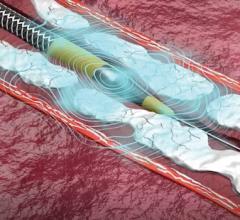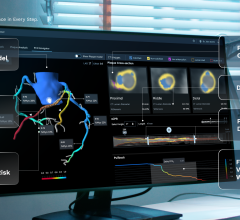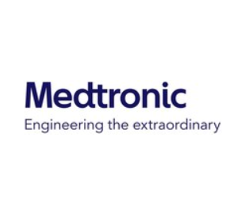
Image courtesy of Intact Vascular
October 1, 2015 — Intact Vascular Inc. announced the U.S. Food and Drug Administration has granted conditional approval for a U.S. and European investigational device exemption (IDE) clinical trial of the Tack Endovascular System. The device will be investigated for use as a dissection repair therapy in patients with peripheral arterial disease (PAD) undergoing percutaneous angioplasty. The Tack Optimized Balloon Angioplasty II (TOBA II) trial has begun, with the first patients being treated at Yuma Regional Medical Center in Yuma, Arizona.
William A. Gray, M.D., director of endovascular services at Columbia University Hospital, is providing study leadership as the national principal investigator.
The TOBA II study is designed to enroll 210 subjects at 30-40 sites in the United States and Europe. All study subjects need to be suffering from advanced PAD in one or both legs. They will be treated with the Tack Endovascular System following standard balloon angioplasty or drug-coated balloon angioplasty in the superficial femoral and proximal popliteal arteries when a dissection (a tear in the artery wall) occurs.
The Tack Endovascular System is a new technology designed to repair dissections that frequently occur as a complication of balloon angioplasty. Published literature reports up to 88 percent of angioplasty procedures have dissections. Earlier this year, promising 12-month results from the company’s European TOBA study were presented at a major vascular conference in Germany and demonstrated the potential of the Tack implant for improving arterial healing following angioplasty. Most importantly, the system allows physicians to repair dissections while leaving a minimal amount of foreign material in the artery, reducing mechanical stress on the artery and preserving future treatment options.
Gray stated, “The earlier TOBA experience demonstrates that the long term results from angioplasty can be substantially improved if we repair arterial dissections using this new approach to minimize vessel trauma while leaving as little metal behind as possible. The Tack implant supports the dissection and allows the vessel to heal, while preserving future treatment options for patients. I am very excited that the TOBA II trial will allow us to study this technology in combination with both standard and drug-coated angioplasty balloons – a first of its kind study design. No other vascular implants have been methodically studied following vessel treatment with a drug-coated balloon.”
The first patients in the TOBA II trial were enrolled by Joseph Cardenas, M.D. at Yuma Regional Medical Center. Cardenas said, “This new approach of spot treating dissections supports our desire to leave as little metal behind as possible. The Tack implant is also uniquely designed to adapt to the diameter of the vessel in which it is implanted, unlike stents, which have to be specifically sized to the vessel. This makes the procedure fast, flexible and user-friendly for the hospital staff and the operator to efficiently treat our patients.”
For more information: www.intactvascular.com


 November 14, 2025
November 14, 2025 









